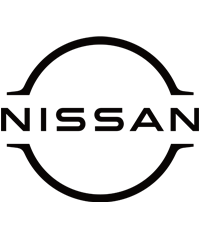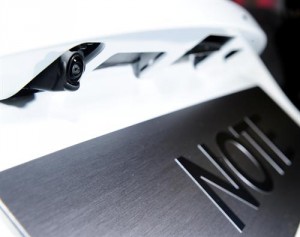THE ALL-NEW Nissan Note is packed with innovative technology.
Lane Departure Warning, Blind Spot Warning and Moving Object Detection combine to form the Nissan Safety Shield, complementing the 360-degree helicopter view offered by the Around View Monitor parking aid to break new ground in the B-segment.
But there’s one small yet highly significant innovation which ensures all of these functions are fully optimised – Nissan’s intelligent self-cleaning rear view camera.
In order to make premium technology features accessible to the B-segment, Nissan’s engineers have developed all the functions of Safety Shield to rely on only the rear view camera. That means the costly radar, laser or front-facing camera technology needed by many premium models are not needed, and real-world cost savings are passed on to Note customers.
However, with so many functions relying on the unblinking operation of the wide angle rear view camera, Nissan’s engineers realised the lens would need to be clear of dust and dirt at all times.
Richard Picton, Nissan’s Safety Shield engineer, said: ‘The rear camera is critical to the functionality of Safety Shield, as well as the rear view used for Around View Monitor. We couldn’t allow the camera’s lens to get dirty at any time because it would detract from the technology’s performance.
‘However, we didn’t want the task of cleaning the lens to fall at the hands of the driver, so the intelligent self-cleaning system was developed.’
With no input from the driver, the rear camera is kept clear of accumulated dirt or water drops. This fully automated function relies on advanced algorithms processing more than three million pixels from the rear camera every second to determine when the image is obscured. Inputs are also taken from windscreen wiper functions to help to ascertain the prevailing driving conditions.
First the image from the camera is received and processed into a view which the human eye can easily see. In order to see beyond 180 degrees, the lens protrudes from its position on the tailgate and has a ‘fish-eye’ shape. As a result it captures a stretched image that needs to be digitally remapped to appear on the flat 5.8-inch Connect screen on the Note’s dashboard.
Innovative thinking
The downside of the camera’s location is that it is exposed to dirt, dust and water, which could obscure the image. So, the next step is a continual analysis which determines if the lens is dirty and then determines the type of grime that’s obscuring the picture. Intelligent enough to know the difference between mud or rain water, the self-cleaning system then uses its tiny water system and compressed air blower to clear the lens.
Picton explains: ‘Light dust is best cleared with a blast of air. A splash of muddy water from a puddle will need a full wash, so water is squirted at the lens and blown off again with air.’
There is even a function for rain, where testing revealed that the best way to keep the camera functioning is to keep it wet with a very small but steady stream of water to avoid large water drops forming on the camera and obscuring the processed image.
Extensive digital modelling and real-world testing has proven water consumption from the system to be minimal, drawing negligible amounts from the Note’s standard windscreen washer vessel. The jet of air is fed from a tiny compressor mounted underneath the rear of the Note.
Bringing premium technology and sharp design to the B-segment is at the core of the new Note’s appeal, with innovative thinking applied to all aspects of its design and engineering.




